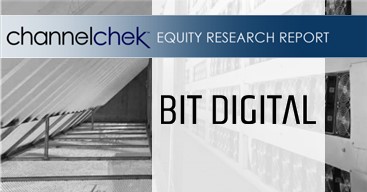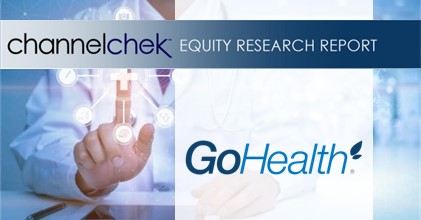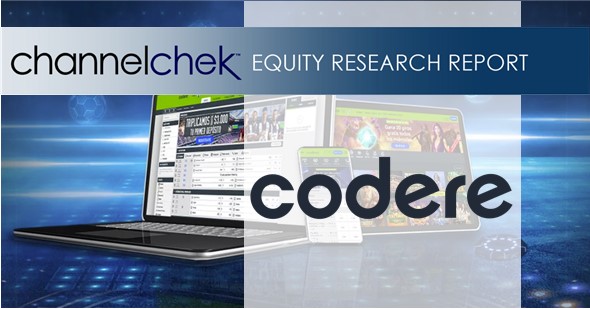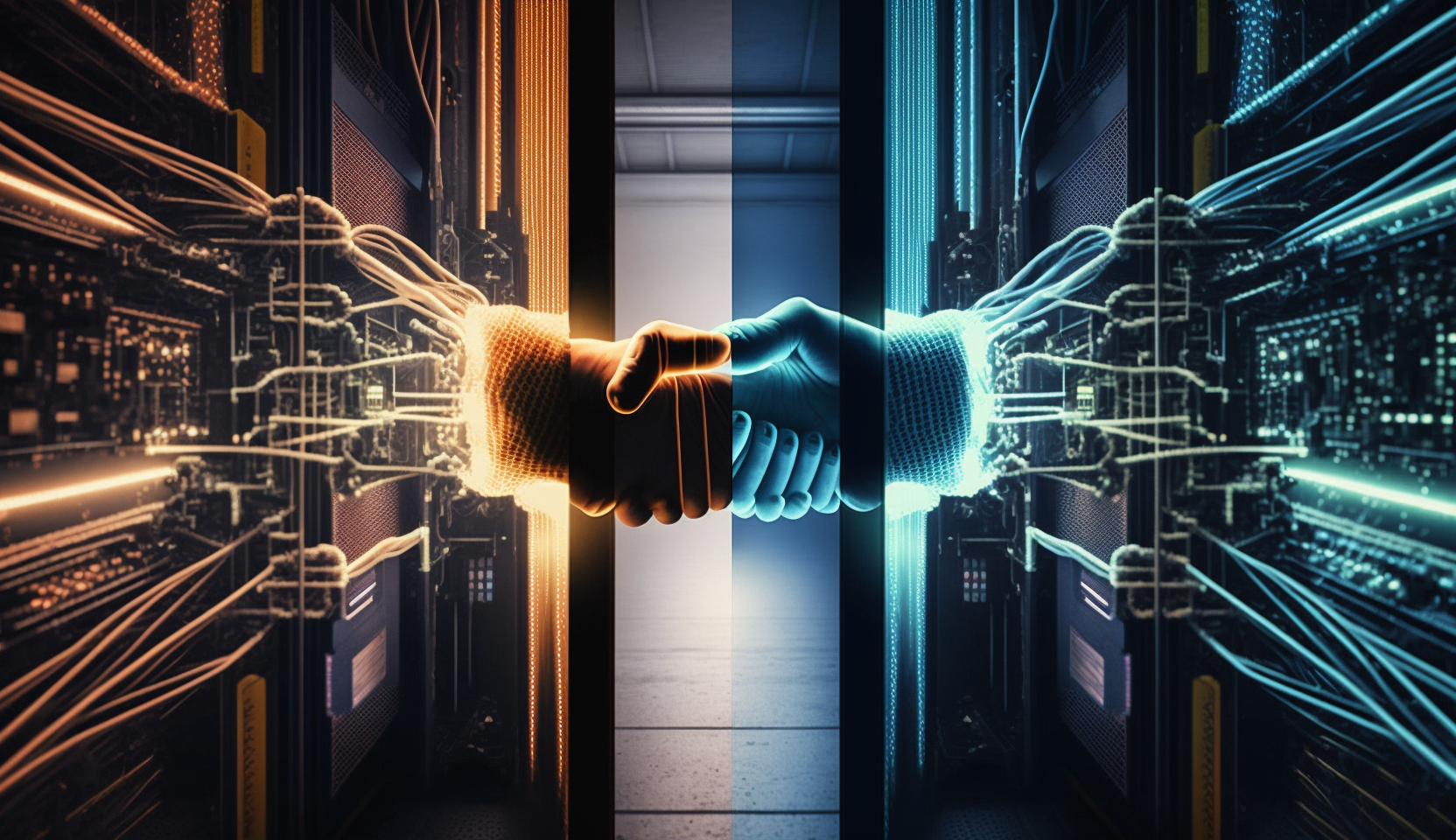Thoma Bravo, a leading private equity firm with a strong focus on software and technology, has announced its acquisition of Verint Systems in a $2 billion all-cash deal, signaling a major consolidation in the customer experience (CX) technology space. The move will bring Verint together with Thoma Bravo’s existing investment, Calabrio, to form a unified AI-driven CX powerhouse expected to reshape the $50 billion market for customer experience automation solutions. The transaction is expected to close in early 2026, pending regulatory approvals and customary closing conditions.
The combination of Verint and Calabrio will create a broad, integrated platform for organizations seeking to optimize their customer engagement strategies. Both companies bring complementary technologies and expertise, covering workforce optimization, agent engagement, and business intelligence solutions. The merger is aimed at enabling businesses of all sizes to accelerate outcomes in customer interactions, leveraging artificial intelligence to drive insights, operational efficiencies, and improved service delivery. By uniting their platforms, the combined company will offer a wider array of tools for automating and analyzing customer touchpoints, from call centers to digital channels.
Calabrio’s cloud-native suite, Calabrio ONE, already provides workforce performance management, AI-powered analytics, and personalized coaching capabilities, helping organizations maximize agent effectiveness and enhance customer satisfaction. Verint adds robust analytics, AI-driven interaction management, and workflow automation, strengthening the combined company’s ability to serve complex, enterprise-scale clients. Together, the companies are positioned to deliver the most comprehensive CX platform in the industry, appealing to both mid-market and large enterprises that prioritize efficiency, responsiveness, and customer loyalty.
Thoma Bravo’s investment reflects its long-standing commitment to growth and innovation in the software sector. With over $184 billion in assets under management and a track record of acquiring or investing in more than 500 companies over two decades, the firm aims to leverage its operational expertise to accelerate the development of Verint and Calabrio’s combined offerings. The strategic goal is to not only enhance the companies’ technological capabilities but also expand their reach across global markets, helping brands harness AI and data-driven insights to transform customer experiences.
Industry analysts expect the merger to bring immediate benefits to existing customers by streamlining product portfolios and integrating best practices from both companies. Calabrio and Verint are committed to maintaining and investing in their existing solutions, ensuring continuity for current clients while offering access to new, AI-enabled capabilities. The unified company is also expected to foster innovation through expanded research and development efforts, creating opportunities for next-generation CX solutions and strengthening its competitive position in a fast-evolving market.
Overall, the acquisition marks a significant step in the ongoing consolidation of the CX technology landscape, emphasizing the increasing role of AI in driving operational efficiencies and business outcomes. By combining Verint’s and Calabrio’s expertise, Thoma Bravo is poised to create a dominant player capable of shaping the future of customer experience management globally.












